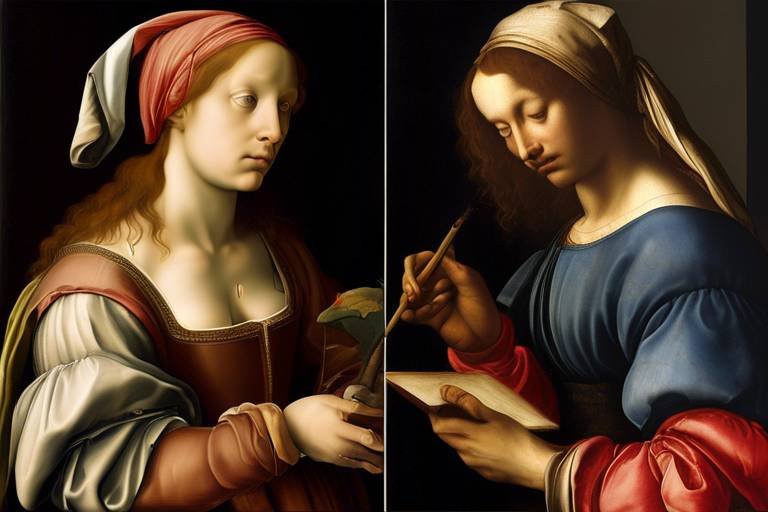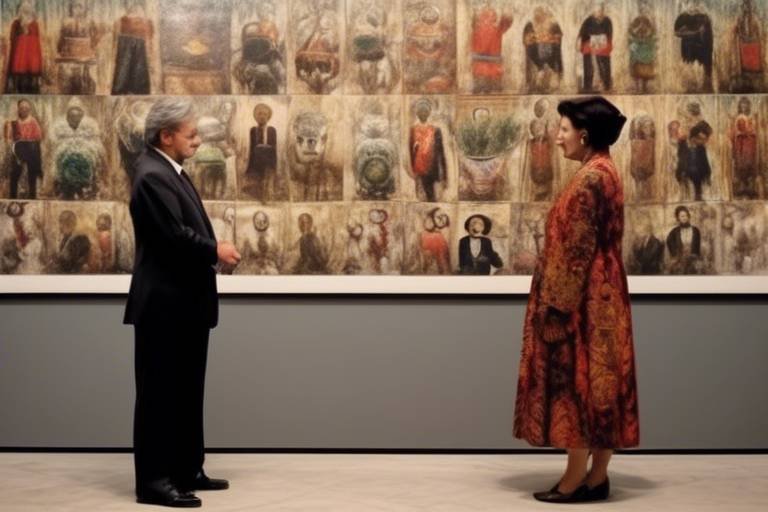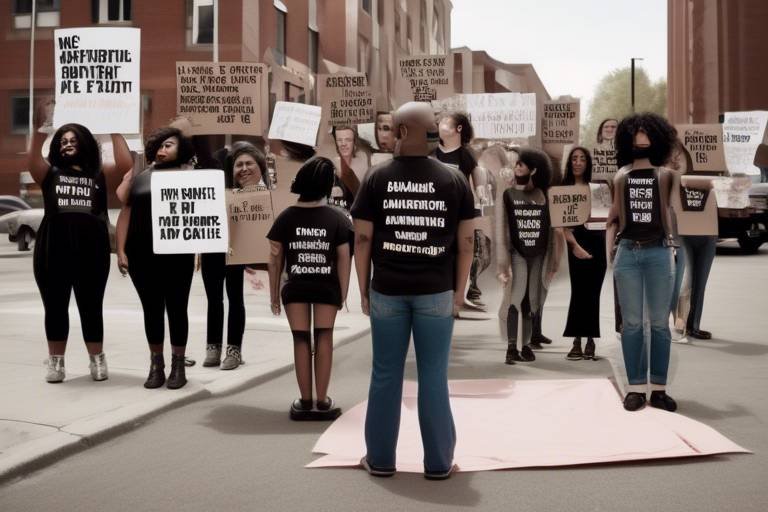The Role of Photography in Cultural Representation
Photography plays a pivotal role in capturing and shaping cultural identity, traditions, and diversity, ultimately influencing societal perceptions and preserving heritage. Through the lens of a camera, photographers have the power to immortalize moments that reflect the essence of various cultures, creating a visual archive that transcends time and space.
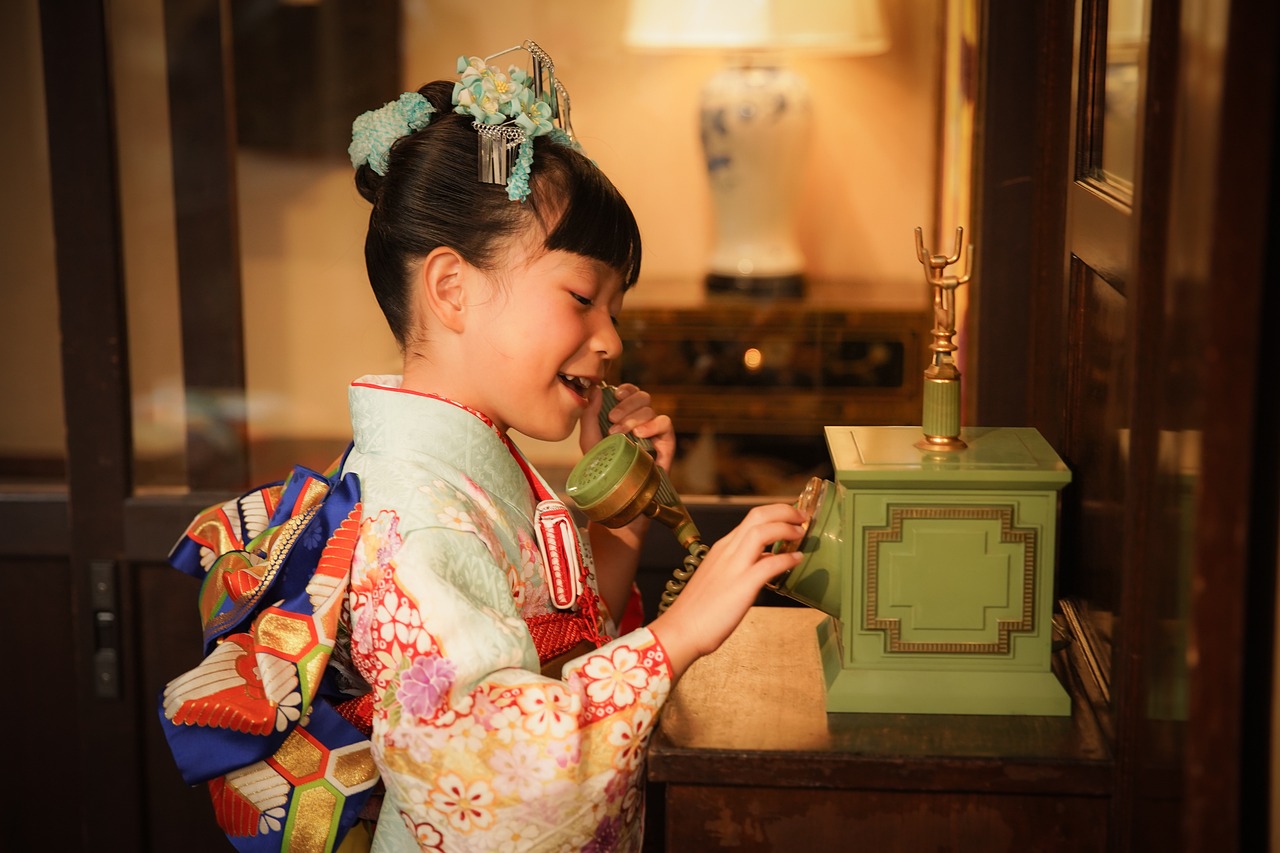
Documenting Cultural Practices
Documenting cultural practices through photography is a powerful way to capture the essence of different societies and traditions. Photographers serve as visual storytellers, using their lenses to immortalize rituals, ceremonies, and daily life practices that define a culture. These images not only provide a glimpse into the past and present but also serve as a visual archive for future generations to understand and appreciate the richness of diverse cultural heritage.

Portrayal of Cultural Diversity
Exploring how photography captures and shapes cultural identity, traditions, and diversity, influencing societal perceptions and preserving heritage.
Photography plays a crucial role in portraying the rich tapestry of cultural diversity around the world. Through the lens of a camera, photographers capture the essence of different cultures, showcasing their unique traditions, beliefs, and practices. Each photograph serves as a window into a specific culture, allowing viewers to appreciate the beauty and complexity of human expression.
Photography not only highlights the differences between cultures but also emphasizes the common threads that connect humanity. It showcases how despite varying backgrounds and customs, there are universal emotions and experiences that bind us together. In a single image, the viewer can witness the diversity of traditions and the unity of human experiences, creating a profound sense of interconnectedness.
Moreover, through the portrayal of cultural diversity, photography challenges stereotypes and preconceptions. It breaks down barriers of ignorance and prejudice, offering a more nuanced and authentic representation of various communities. By capturing the everyday lives of people from different cultures, photographers humanize distant societies, fostering empathy and understanding among viewers.
Photography, therefore, acts as a powerful tool for promoting cultural appreciation and respect. It encourages individuals to celebrate the richness of diversity and to embrace the complexities of the global community. Each image tells a story, inviting viewers to embark on a journey of discovery and enlightenment, expanding their worldview and nurturing a sense of curiosity and openness.
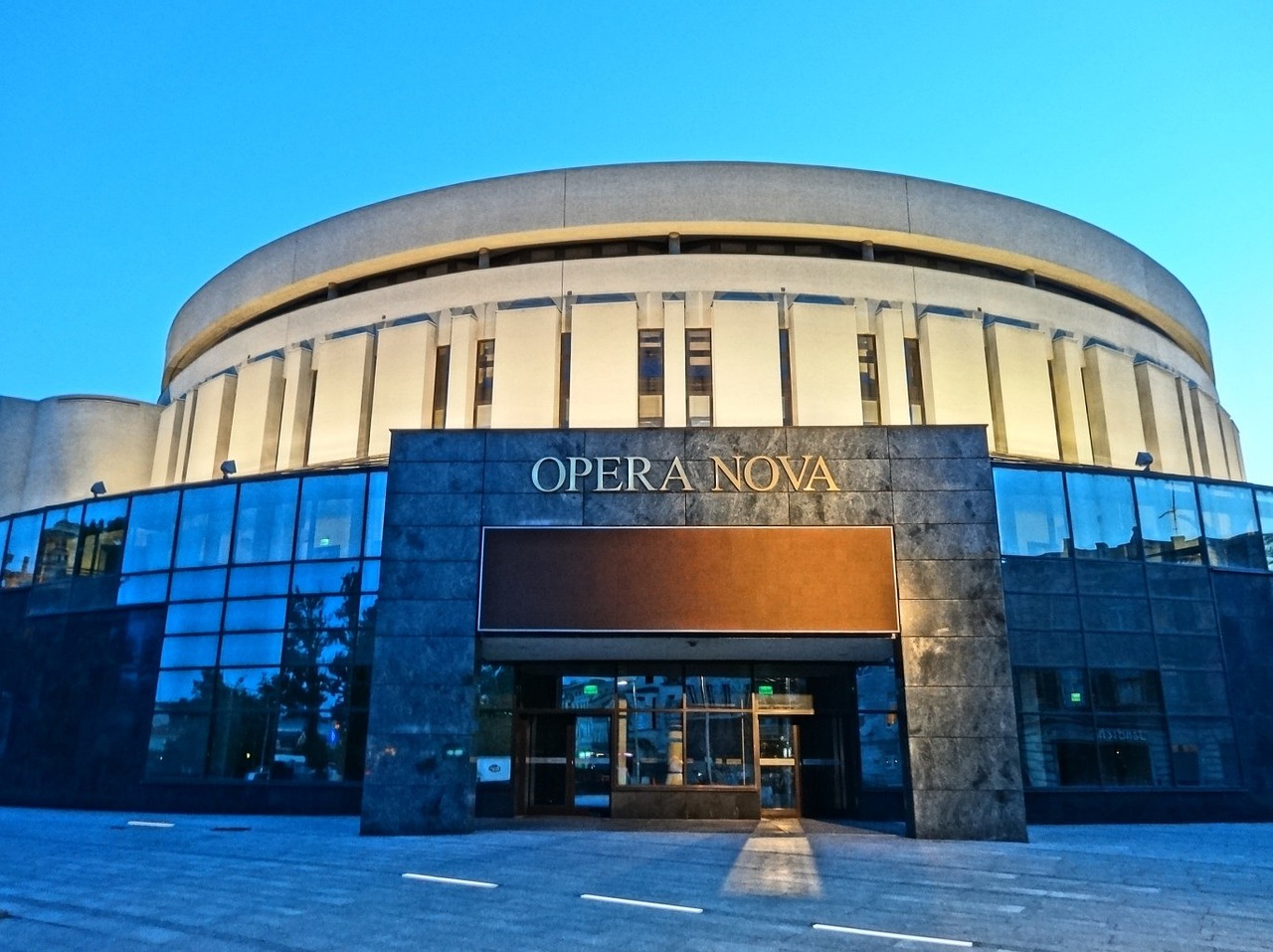
Photography as a Form of Expression
Photography serves as a powerful form of expression, allowing photographers to capture the essence of cultural narratives through visual storytelling. Through the lens of a camera, individuals can convey emotions, beliefs, and experiences that reflect the diversity and complexity of different cultures. Each photograph becomes a canvas for artists to paint a vivid picture of tradition, identity, and societal values.
Photographers often use their craft to challenge stereotypes and misconceptions, offering viewers a fresh perspective on cultural norms and practices. By framing moments of everyday life or significant events, photographers can evoke empathy and understanding, bridging gaps between communities and fostering a sense of shared humanity. In a world where words may fall short, images have the power to transcend language barriers and speak directly to the heart.
Furthermore, photography allows for the exploration of individual and collective identities within cultural contexts. Through portraits, landscapes, and candid shots, photographers can capture the nuances of human experience and the intricate tapestry of cultural heritage. Each click of the shutter not only freezes a moment in time but also preserves a piece of history, ensuring that stories and traditions are passed down through generations.
Moreover, photography as a form of expression extends beyond mere documentation; it is a medium through which artists can provoke thought, inspire action, and ignite change. By shedding light on social issues, cultural disparities, and moments of resilience, photographers can spark conversations that lead to greater awareness and advocacy for marginalized communities. In a world inundated with visual stimuli, a single photograph has the potential to ignite a movement or challenge the status quo.
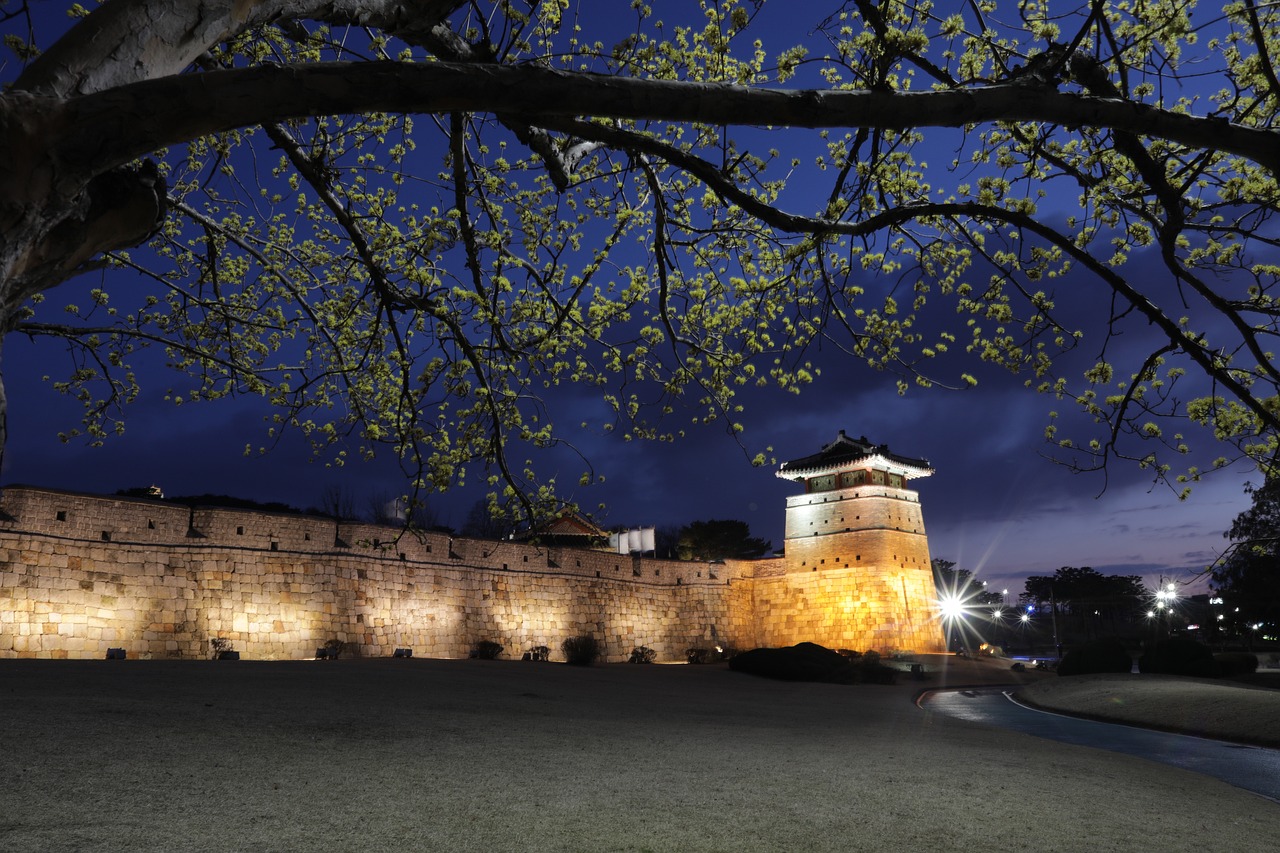
Impact on Cultural Preservation
Photography plays a crucial role in the preservation of cultural heritage, capturing moments in time that may otherwise be lost to history. Through the lens of a camera, photographers immortalize cultural practices, architecture, artifacts, and traditions, ensuring that future generations have a visual record of their roots and identity. The impact of photography on cultural preservation extends beyond mere documentation; it serves as a powerful tool for safeguarding the essence of diverse cultures around the world.

Photography and Social Change
Exploring how photography captures and shapes cultural identity, traditions, and diversity, influencing societal perceptions and preserving heritage.
Photography has a profound impact on social change by serving as a powerful medium to convey messages, provoke emotions, and ignite movements. Through compelling visual storytelling, photographers have the ability to shed light on social issues, challenge norms, and advocate for positive transformations in society.
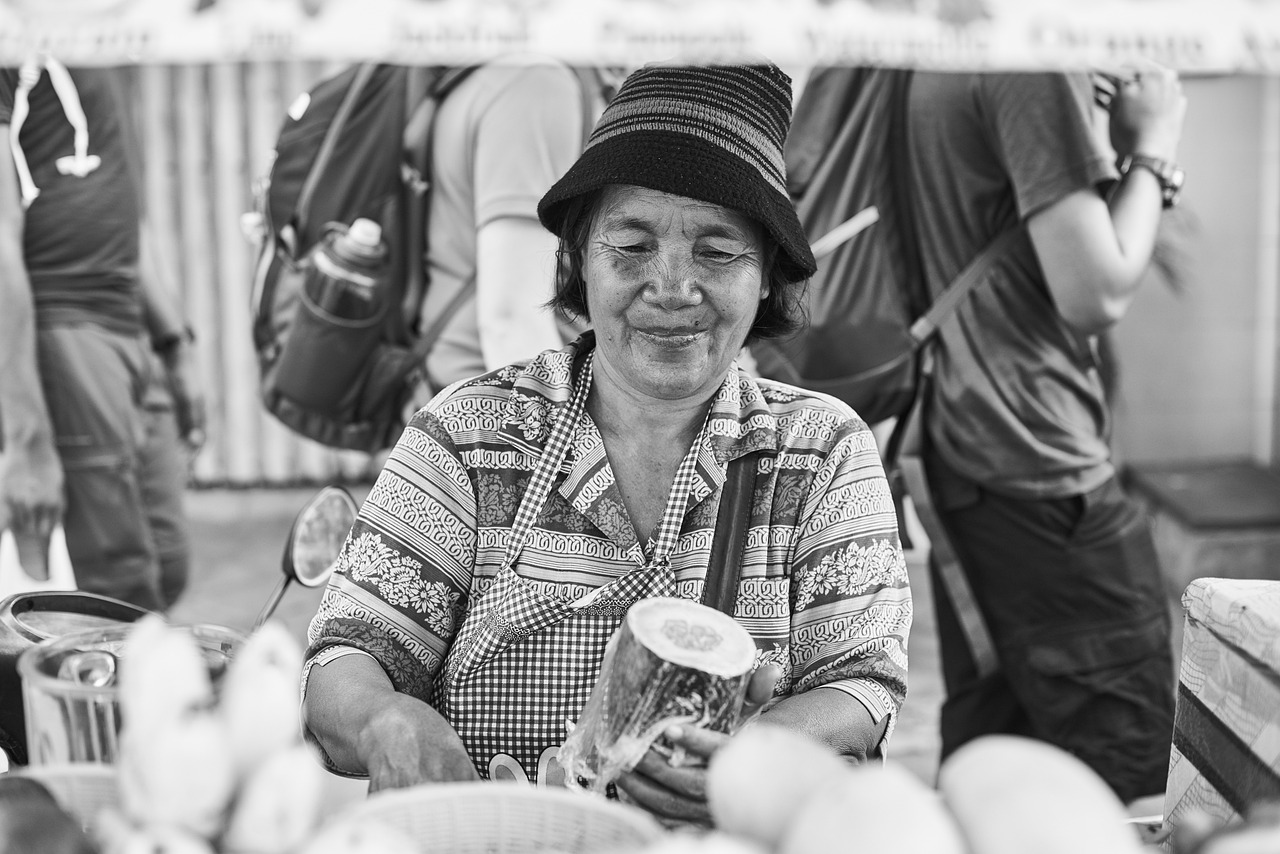
Ethical Considerations in Cultural Photography
Exploring how photography captures and shapes cultural identity, traditions, and diversity, influencing societal perceptions and preserving heritage.
Photography serves as a powerful tool for documenting the intricate rituals, vibrant ceremonies, and everyday life practices of diverse cultures. Through visual storytelling, photographers create a narrative that showcases the richness and uniqueness of various traditions and customs.
Photography offers a window into the diverse tapestry of global cultures, allowing viewers to appreciate the differences and similarities that exist across different regions and communities. Each photograph captures a moment frozen in time, reflecting the essence of a particular culture.
Photographers utilize their craft not only to capture images but also to express profound cultural narratives. Through their lens, they challenge stereotypes, evoke emotions related to identity and belonging, and provide a platform for marginalized voices to be heard.
Photography plays a crucial role in the preservation of cultural heritage, architecture, artifacts, and vanishing traditions. By immortalizing these aspects through images, photographers ensure that future generations can learn about and appreciate the cultural legacy left behind by their ancestors.
Photographic images have the power to ignite conversations, raise awareness, and drive social movements aimed at promoting cultural understanding and inclusivity. By shedding light on social issues and cultural disparities, photography becomes a catalyst for change and progress.
When delving into cultural photography, ethical considerations play a crucial role in ensuring respect, integrity, and authenticity in the representation of diverse cultures. Photographers must navigate delicate issues such as obtaining consent, respecting privacy, avoiding misrepresentation, and steering clear of exploitation. It is essential to approach cultural subjects with sensitivity and empathy, honoring the dignity and autonomy of the individuals being photographed.
Photography serves as a valuable educational tool for teaching about different cultures, fostering empathy, and promoting cross-cultural communication. In classrooms and cultural institutions, photographs are used to bridge gaps, spark curiosity, and cultivate a deeper understanding of the world's cultural mosaic.
As technology continues to evolve, the landscape of cultural photography is also changing. Emerging technologies, digital platforms, and innovative approaches are shaping the future of how cultures are captured and represented through images. The dynamic nature of photography ensures that it will continue to play a pivotal role in documenting and celebrating cultural diversity in a rapidly changing world.
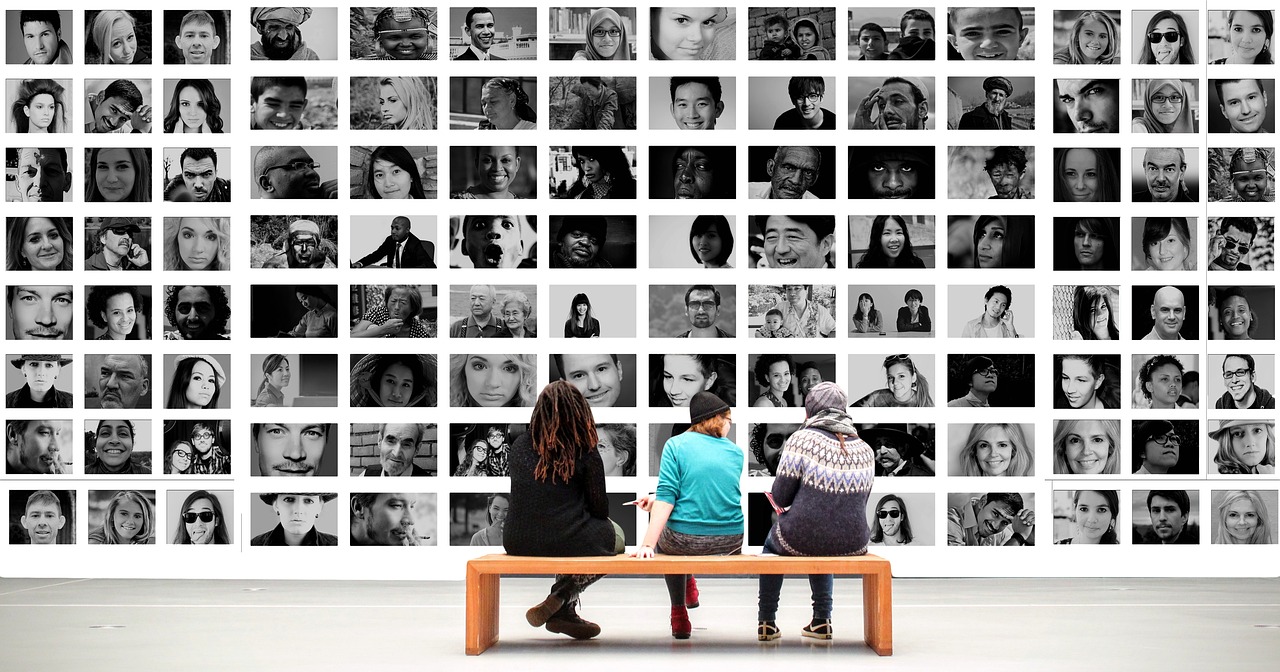
Photography in Cultural Education
Photography plays a crucial role in cultural education by offering a visual gateway to understanding diverse societies and traditions. Through the lens of a camera, students can immerse themselves in different cultural contexts, gaining insights into the values, beliefs, and practices of communities around the world. By studying photographs depicting various cultural elements, such as clothing, architecture, and daily life scenes, learners can develop a deeper appreciation for the richness and complexity of human heritage.

Future Trends in Cultural Photography
The future of cultural photography is an exciting realm where technology and creativity converge to redefine how we capture and interpret diverse cultures. As we step into the digital age, emerging trends are reshaping the landscape of cultural photography, offering new possibilities and challenges for both photographers and viewers.
One major trend on the horizon is the integration of virtual reality (VR) and augmented reality (AR) technologies in cultural photography. These immersive technologies allow users to experience cultural events, traditions, and historical sites in a more interactive and engaging way. Imagine being able to virtually walk through a traditional festival or explore a remote cultural heritage site through your device.
Furthermore, the rise of social media platforms and online communities is influencing how cultural photography is shared and consumed. Photographers now have the opportunity to reach a global audience instantly, sparking conversations and connections across borders. This trend not only promotes cultural exchange but also challenges traditional notions of cultural representation.
Additionally, artificial intelligence (AI) is revolutionizing the way photos are organized, edited, and curated. AI-powered tools can help photographers enhance their images, identify cultural themes, and even suggest creative compositions. This technology is streamlining the photography process and opening up new avenues for experimentation and storytelling.
As we look ahead, sustainability and ethical practices are becoming increasingly important in cultural photography. With growing concerns about environmental impact and cultural sensitivity, photographers are exploring ways to capture and share cultural stories responsibly. This includes engaging with local communities, obtaining consent, and promoting cultural awareness and respect through their work.
In conclusion, the future of cultural photography is a dynamic and evolving field that holds immense potential for creative expression, cultural exchange, and social impact. By embracing new technologies, ethical standards, and storytelling approaches, photographers can continue to shape our understanding of diverse cultures and foster greater appreciation for the rich tapestry of human heritage.
Frequently Asked Questions
- What is the significance of photography in cultural representation?
Photography plays a crucial role in capturing and shaping cultural identity by documenting rituals, traditions, and daily life practices. It influences societal perceptions, preserves heritage, and provides a visual narrative of different cultures.
- How does photography contribute to portraying cultural diversity?
Photography showcases the rich tapestry of global cultures by highlighting the differences and similarities across regions and communities. It offers a unique perspective on the diversity of traditions, customs, and lifestyles worldwide.
- Can photography be used as a form of cultural expression?
Absolutely. Photographers use their craft to express cultural narratives, challenge stereotypes, and evoke emotions related to identity and belonging. Through visual storytelling, photography becomes a powerful medium for cultural expression and exploration.
- How does photography contribute to cultural preservation?
Photography plays a vital role in preserving cultural heritage, architecture, artifacts, and disappearing traditions for future generations. It acts as a visual archive that documents and safeguards elements of culture that may otherwise be lost or forgotten.
- What ethical considerations are important in cultural photography?
Ethical dilemmas in cultural photography revolve around issues of privacy, consent, misrepresentation, and exploitation. Respecting the subjects, their traditions, and the context in which photographs are taken is essential to ensure ethical practices in cultural photography.
















